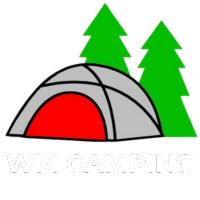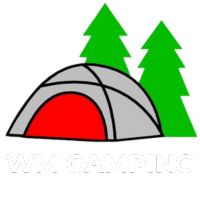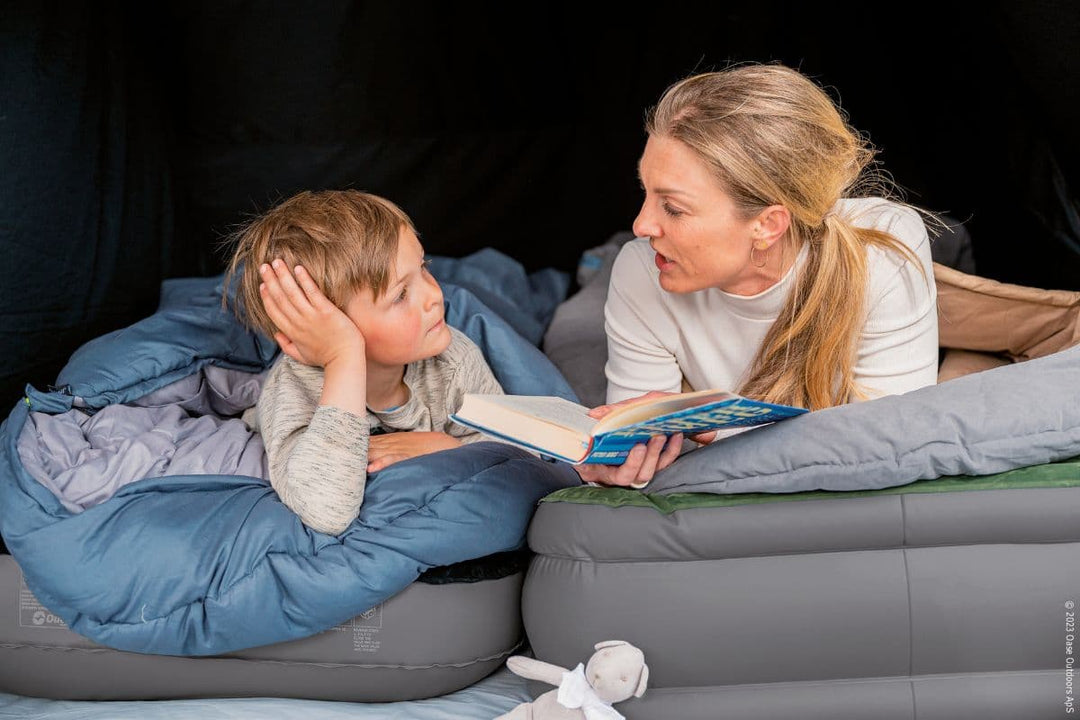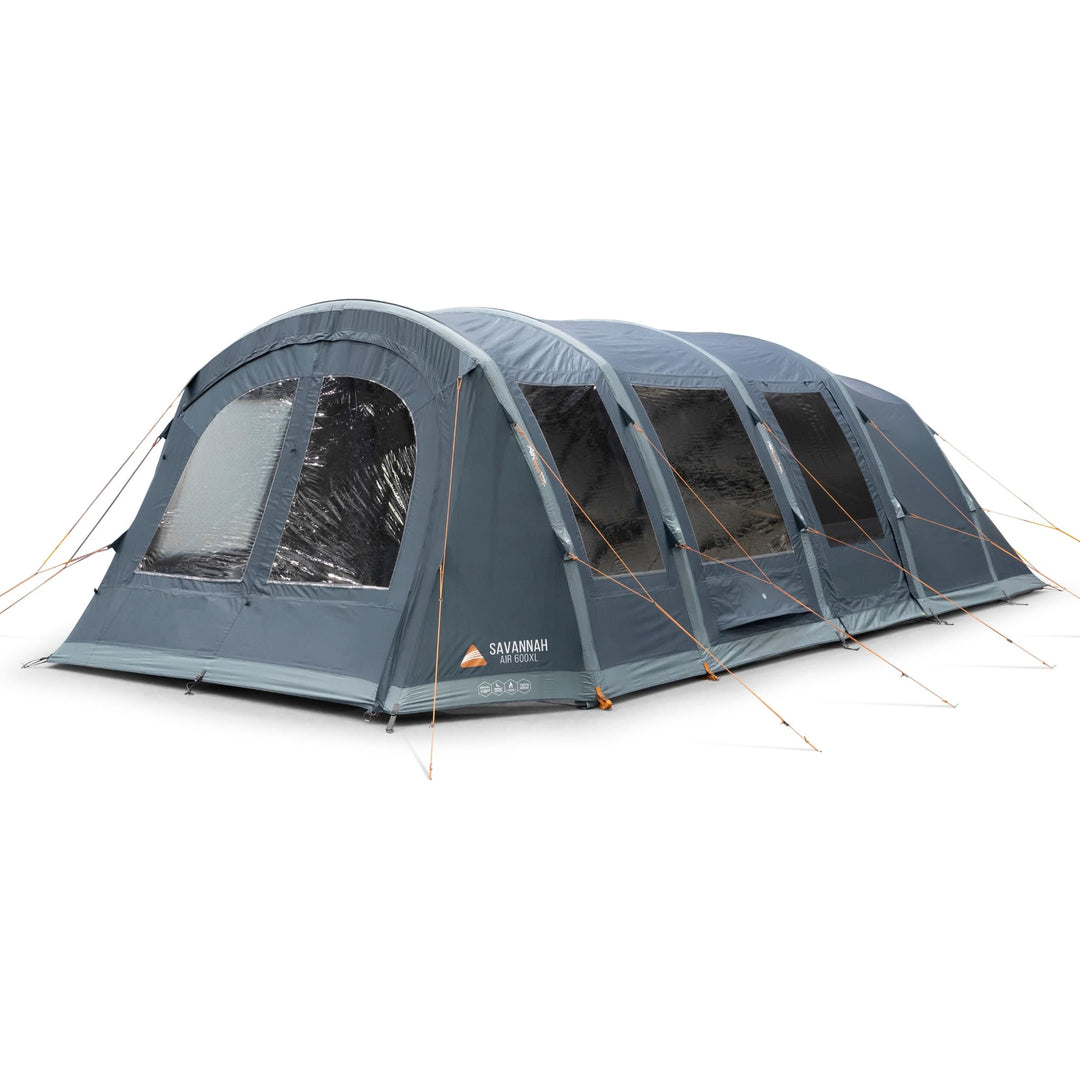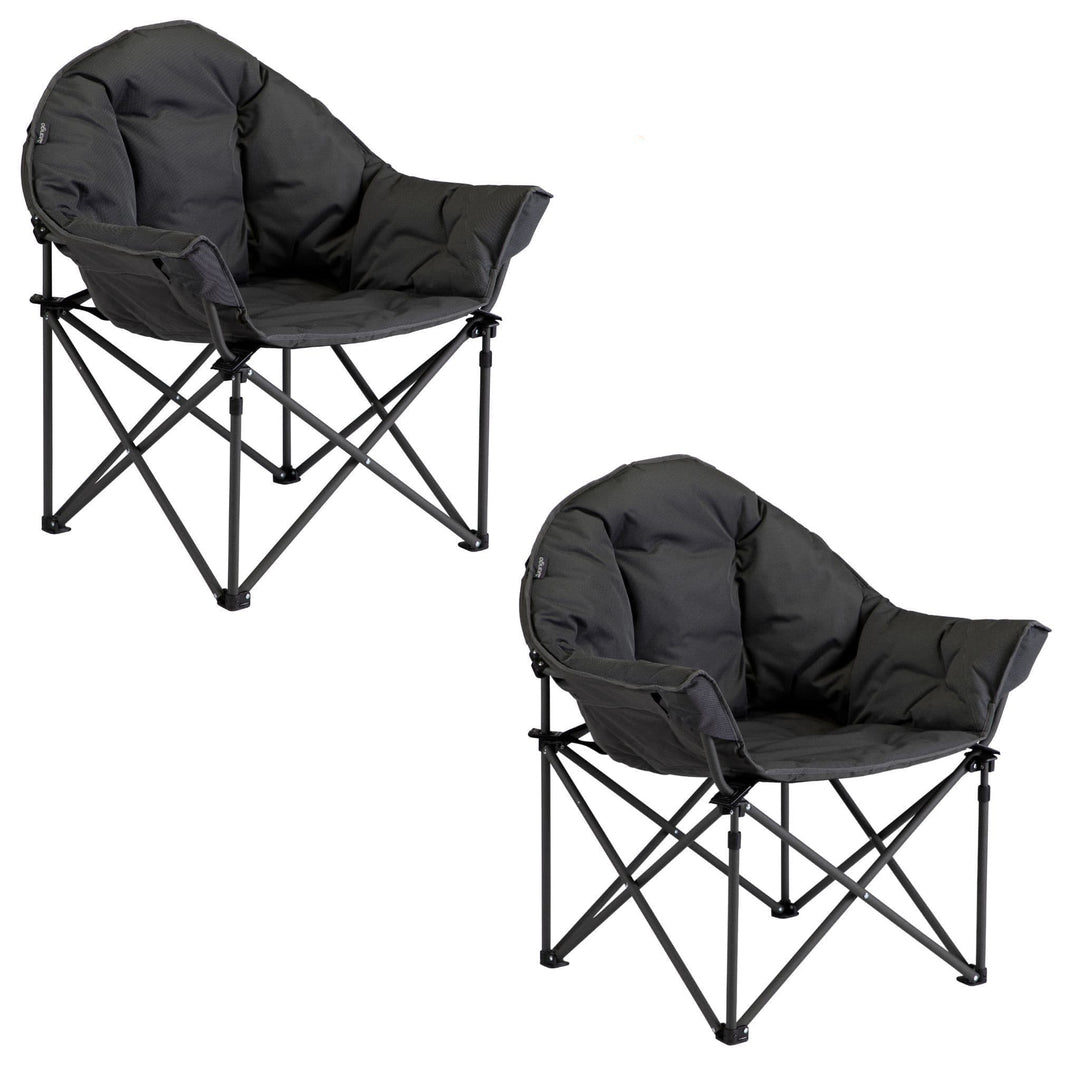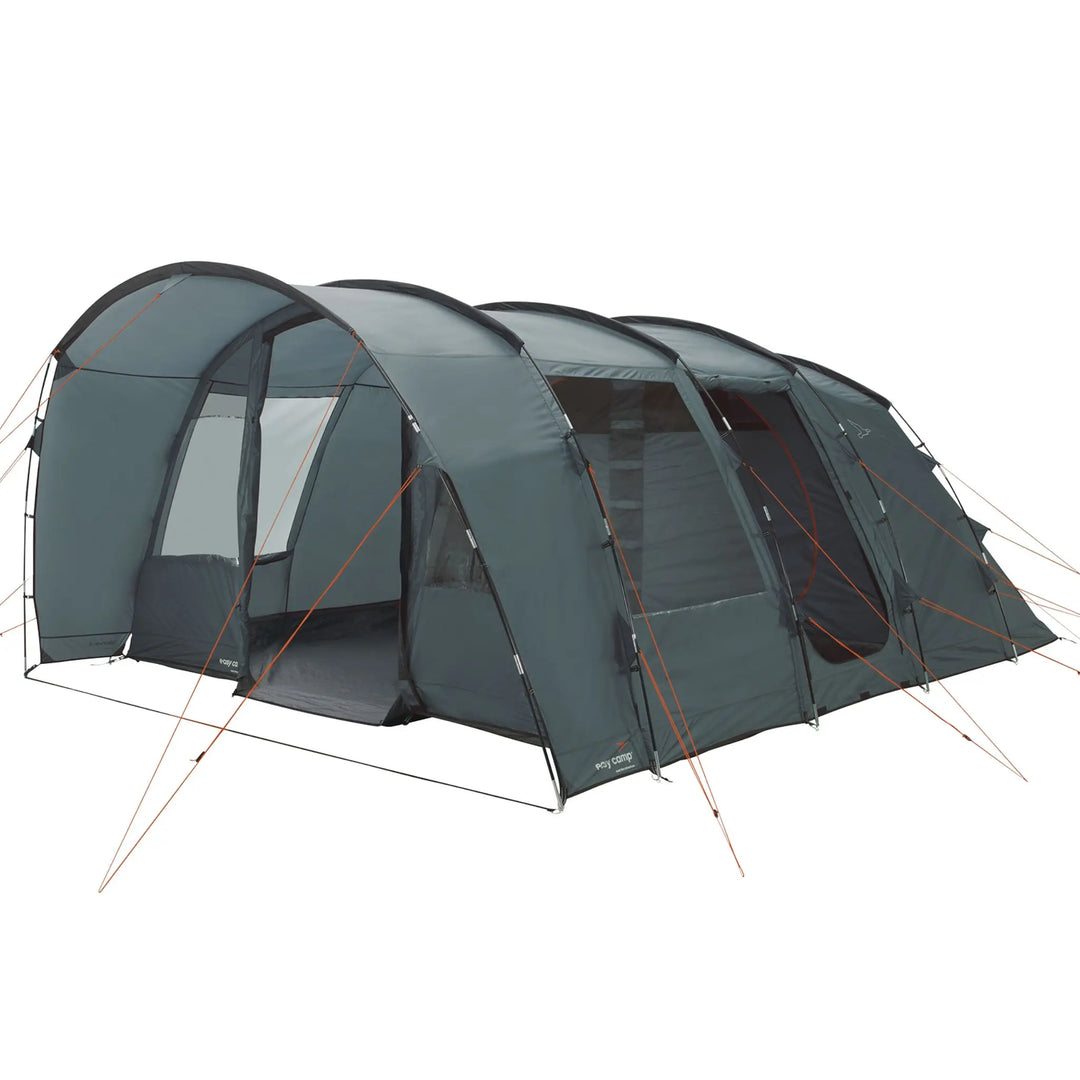Sleeping Bag Buying Guide
A good night’s sleep is one of the most important parts of any camping trip, and your sleeping bag plays a huge role in that. With different shapes, sizes, brands, seasonal ratings, and fillings to choose from, knowing where to start can feel overwhelming. This guide explains the key things to consider, introduces the main sleeping bag types we stock at WM Camping, and helps you find the right one for your needs.
What to Consider Before Buying
Before diving into the different styles, brands, and ratings, it’s worth thinking about a few basics:
- When will you be camping?
A summer festival in the UK requires a very different sleeping bag from a winter trip in the mountains. - Where will you be camping?
Warm weather, coastal breezes, or high-altitude chill all affect your choice. - How warm do you sleep?
Some people naturally feel warmer or colder than others. - How will you travel?
If you’re walking or cycling, pack size and weight are important. If you’re driving to the campsite, comfort might be your top priority. - Do you want extra space or a snug fit?
Shape and size matter for comfort and heat retention.
XL Sleeping Bags
Extra Large sleeping bags are longer and wider than standard models, making them ideal for taller or broader campers, or anyone who likes more space at night.
Advantages:
- More room to stretch out.
- Comfortable fit for taller users.
Disadvantages:
- Larger pack size.
- Slightly heavier due to extra material.
Mummy Shaped Sleeping Bags
Mummy bags are tapered from the shoulders to the feet and usually feature a hood. They are designed to trap heat close to your body, making them efficient in cooler conditions.
Advantages:
- Retains heat better than rectangular designs.
- Smaller pack size and lighter weight.
- Hood provides extra warmth around the head and neck.
Disadvantages:
- Restrictive for those who like more space.
- Cannot be opened into a duvet
Square Shaped Sleeping Bags
Square sleeping bags have straight sides and a roomier feel. They are popular with campers who value comfort and freedom of movement over maximum heat retention.
Advantages:
- More internal space to move around.
- Can often be unzipped completely to use as a duvet.
Disadvantages:
- Not as warm as mummy bags in colder conditions.
- Bulkier to pack.
Sleeping Bags by Brand
Vango Sleeping Bags
Vango is a trusted camping brand with sleeping bags covering every need, from lightweight trekking models to soft-lined family camping options. They’re known for reliable temperature ratings and durable materials.
Outwell Sleeping Bags
Outwell sleeping bags combine comfort with clever design features. Many of their models include pillow pockets, soft linings, and zip-off hoods. They are a popular choice for family and leisure campers.
1 & 2 Season Sleeping Bags
Designed for warm weather, these are ideal for late spring through summer. They’re light in weight, easy to carry, and perfect for festivals, indoor use, or warm nights under canvas.
Advantages:
- Compact pack size.
- Lighter to carry.
Disadvantages:
- Not suitable for cooler nights.
3 Season Sleeping Bags
A versatile choice for most UK camping trips, these bags are suitable for spring, summer, and autumn use, but not intended for freezing conditions.
Advantages:
- Can handle a range of weather conditions.
- Often a good balance between warmth and pack size.
Disadvantages:
- Too warm for hot summer nights.
- Not warm enough for severe cold.
4 Season Sleeping Bags
These are built for cold conditions, such as late autumn, winter, or high-altitude camping. They are bulkier but provide much greater insulation.
Advantages:
- Keeps you warm in very cold conditions.
- Suitable for year-round UK camping.
Disadvantages:
- Larger and heavier to pack.
- Too warm for mild summer nights.
Adult Sleeping Bags
Adult sleeping bags are full-length designs made to suit most adult body sizes. They’re available in all shapes, warmth ratings, and fillings.
Children’s Sleeping Bags
Children’s sleeping bags are shorter and narrower than adult models, helping them retain heat more effectively for smaller bodies. They are not temperature-rated for safety reasons, but they are ideal for family camping and indoor use.
Advantages:
- Smaller size keeps children warmer.
- Fun designs often appeal to younger campers.
Disadvantages:
- Children may outgrow them quickly.
Filling Types – Synthetic vs Down
Synthetic – Quick-drying, affordable, and keeps insulating even when damp. Ideal for UK conditions where rain is always possible.
Down – Lightweight, highly compressible, and extremely warm, but loses insulation when wet unless treated. More expensive, but excellent for cold, dry conditions.
Understanding Temperature Ratings
When choosing a sleeping bag, check the temperature ratings carefully:
- Comfort Rating – The temperature at which the bag will keep the average sleeper comfortable.
- Limit Rating – The lowest temperature the bag can be used for a reasonable night’s sleep.
- Extreme Rating – The minimum temperature you could survive in the bag.
Technical Jargon Explained
Zip Side – The side the zip is on, chosen for your preferred sleeping position.
Auto-locking Zip – Stops the zip opening during the night.
Box Construction – Stitching that keeps insulation evenly spread to avoid cold spots.
Double Off-set Construction – Two layers of insulation stitched so seams don’t line up, improving warmth.
Tips for Choosing for Different Camping Styles
Festival campers – A lightweight 1–2 season square sleeping bag is easy to use and unzip into a duvet.
Backpackers – A mummy-shaped 2–3 season bag with a small pack size works well.
Family campers – A soft-lined rectangular or double sleeping bag is ideal for comfort.
Cold-weather campers – Choose a 4 season mummy bag, preferably with down insulation for warmth and weight balance.
Need Help Choosing?
At WM Camping, we stock sleeping bags from trusted brands like Vango and Outwell, covering everything from lightweight festival bags to insulated winter-ready models. If you’re unsure which one is right for you, our team is here to help you choose based on your camping style, the seasons you camp in, and your comfort preferences.
Explore our full Sleeping Bags collection and get ready for a warmer, more comfortable night under the stars.
